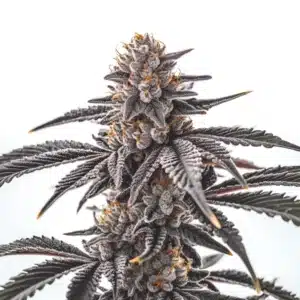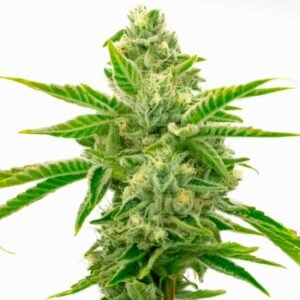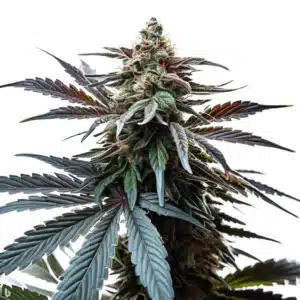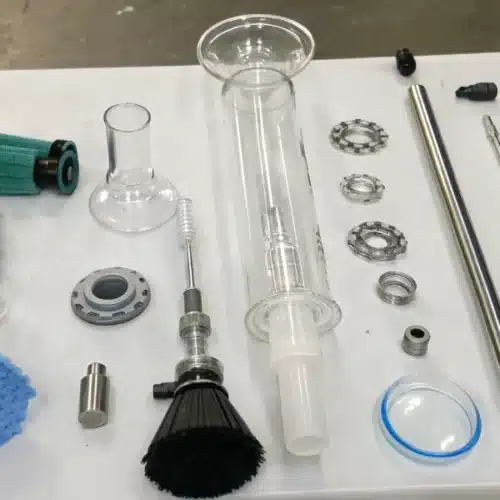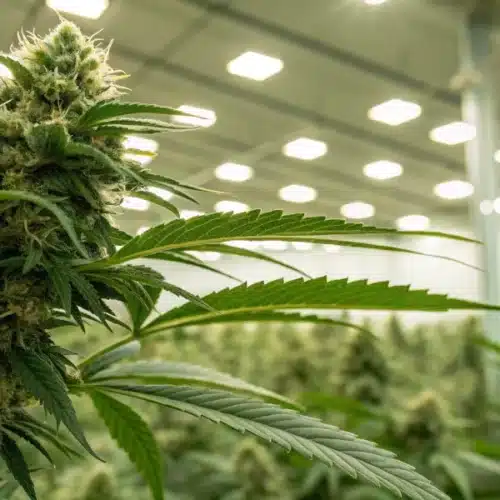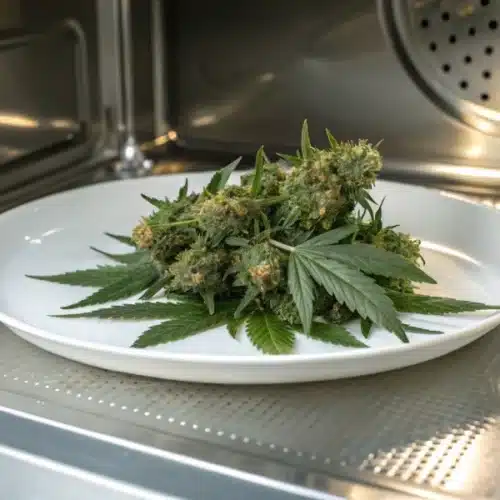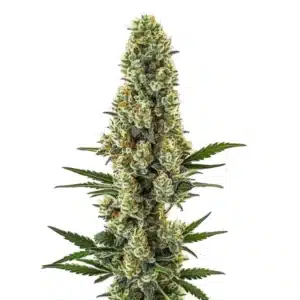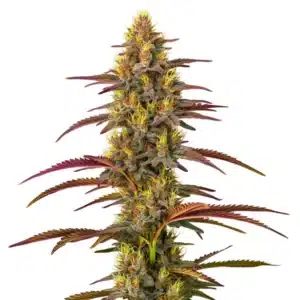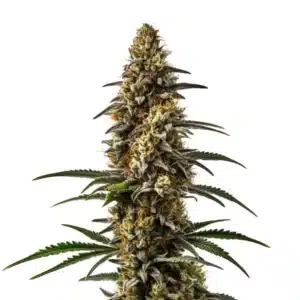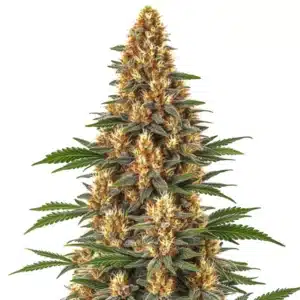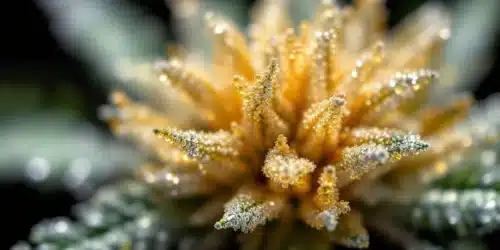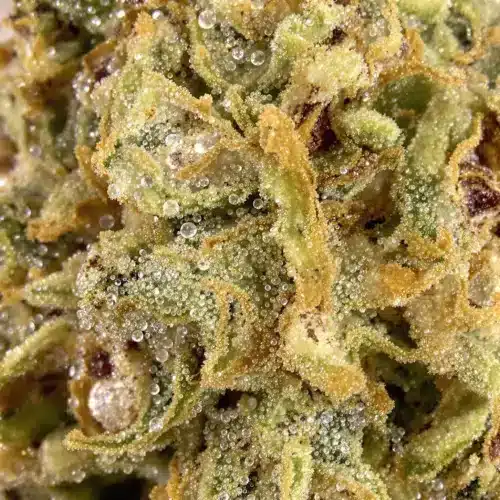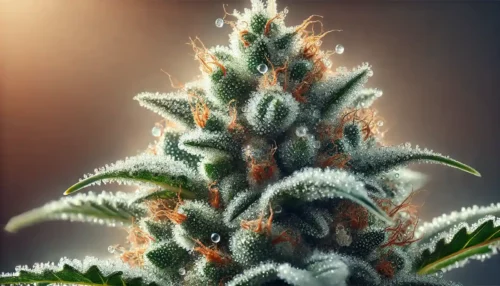Knowing Trichomes and Their Role
What Are Trichomes?
Trichomes are the tiny, crystal-like structures that blanket the surface of cannabis flowers, giving them their frosty appearance. These microscopic outgrowths serve a range of purposes, not just for the plant but also for growers and consumers. Originating from the Greek word “”tríchōma,”” meaning “”growth of hair,”” trichomes are a form of epidermal outgrowth found on a variety of plants. In cannabis, they are particularly valued for their ability to produce and store cannabinoids, flavonoids, and terpenes, the compounds responsible for the plant’s therapeutic effects and aromatic profile.
Their presence is not merely decorative; trichomes are a critical component of the cannabis plant’s defense mechanism. They act as a natural barrier against various environmental threats such as UV rays and pests. By understanding what trichomes are, cultivators can employ specific techniques to optimize their growth, thereby enhancing the quality and potency of their cannabis crops. This knowledge is crucial for anyone looking to increase trichome production effectively.
Their Function in Cannabis Plants
In the world of cannabis cultivation, trichomes are akin to tiny factories, tirelessly working to produce the compounds that make cannabis so uniquely beneficial. Their primary function is to produce and store cannabinoids, including THC, CBD, and a host of other important compounds. These cannabinoids interact with the human endocannabinoid system, offering potential therapeutic benefits ranging from pain relief to anxiety reduction. Trichomes also produce terpenes, which are responsible for the distinct aromas and flavors of different cannabis strains. These aromatic compounds play a crucial role not only in consumer preference but also in the plant’s survival strategy by attracting pollinators and repelling herbivores.
Trichomes also serve as a protective shield for the cannabis plant. They form a physical and chemical barrier against environmental stressors like excessive sunlight, extreme temperatures, and invading pests. When trichomes are abundant, they can significantly improve the plant’s resilience and overall health. Thus, increasing trichome production isn’t just about boosting potency; it’s also about enhancing the plant’s ability to thrive in various conditions. Understanding these functions allows growers to adopt targeted strategies to maximize trichome development, leading to healthier and more potent cannabis crops.
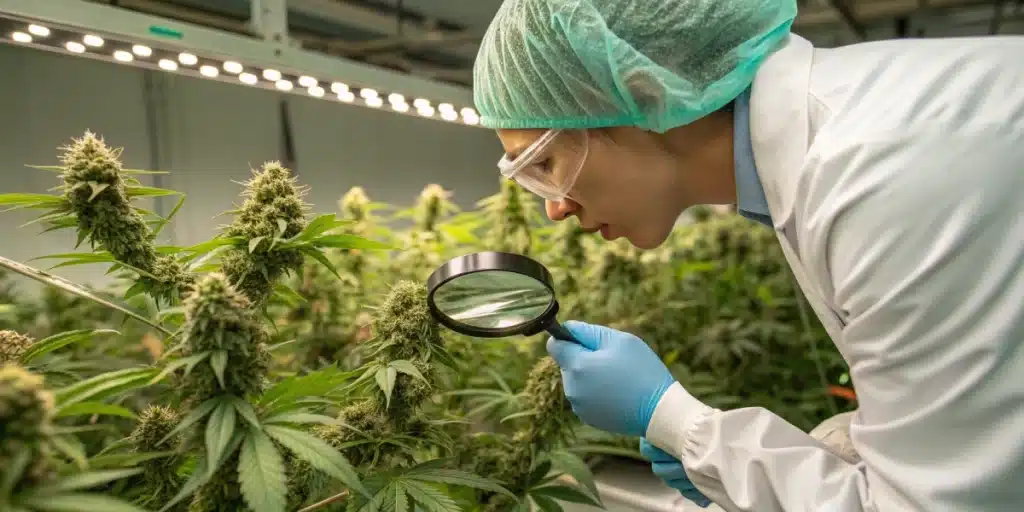
Promos & Deals
Environmental Factors Affecting Trichome Growth
Light Intensity and Spectrum
Light is a fundamental element in the growth cycle of cannabis plants, and its impact on trichome production cannot be overstated. The right light intensity and spectrum can significantly enhance the density and quality of trichomes on your cannabis plants. During the flowering stage, cannabis plants benefit from high-intensity light, which stimulates trichome production. However, it’s crucial to strike a balance, as too much light can stress the plants and potentially damage them. Different light spectrums also play a role; while blue light encourages vegetative growth, red and UV lights are more effective in boosting trichome production during the flowering phase.
Implementing a lighting system that mimics the sun’s natural spectrum can be beneficial for trichome development. Growers often use LED lights that offer adjustable spectrums to provide the optimal light conditions throughout the plant’s life cycle. By understanding the importance of light intensity and spectrum, cultivators can adjust their setups to create an environment that maximizes trichome production, resulting in more resin-rich buds.
Temperature and Humidity Control
Temperature and humidity are two environmental factors that can significantly influence trichome production in cannabis plants. Optimal temperature ranges typically fall between 20-28°C (68-82°F) during the day and slightly cooler at night. Maintaining these temperatures helps ensure that the plants remain healthy and continue to produce trichomes at an optimal rate. Excessive heat can cause trichomes to degrade, reducing their potency and effectiveness. On the flip side, cooler temperatures can encourage trichome preservation and even increase their production.
Humidity levels are equally important in trichome development. During the flowering stage, lower humidity levels around 40-50% are ideal. High humidity can lead to mold growth, which can damage the trichomes and compromise the quality of the buds. By carefully monitoring and adjusting temperature and humidity levels, growers can create a stable environment conducive to increased trichome production. This attention to environmental detail not only boosts the cannabinoid and terpene content but also enhances the plant’s overall resilience.
Nutrient and Watering Strategies
Optimal Nutrient Ratios
Feeding your cannabis plants the right nutrients in the correct ratios can significantly impact trichome production. During the flowering stage, cannabis plants require a balanced supply of macronutrients like nitrogen, phosphorus, and potassium, as well as essential micronutrients such as magnesium and calcium. Phosphorus is particularly crucial during this phase as it supports the development of flowers, and by extension, trichomes. A deficiency in any of these nutrients can lead to stunted growth and reduced trichome density.
In addition to a balanced nutrient mix, organic supplements like kelp or molasses can be added to further stimulate trichome development. These natural amendments not only provide additional nutrients but also improve soil health, making it easier for the plant to absorb essential elements. By understanding the specific nutritional needs of cannabis plants, especially during the flowering stage, growers can fine-tune their feeding regimens to increase trichome production effectively.
Adjusting Watering Techniques
Watering techniques play a crucial role in the health of cannabis plants and their ability to produce trichomes. Overwatering can lead to root rot and other issues that compromise plant health and reduce trichome production. Conversely, under-watering can stress the plant, potentially leading to lower yields and reduced trichome density. The key is to find a balance, ensuring that the soil remains moist but not waterlogged.
One effective strategy is to water deeply but infrequently, allowing the soil to dry out slightly between watering sessions. This encourages the roots to grow deeper in search of moisture, leading to a more robust and trichome-rich plant. Additionally, implementing a watering schedule that aligns with the plant’s natural light cycle can further enhance growth and trichome production. By mastering these watering techniques, growers can create an environment that supports healthy plants and abundant trichome development.
Training Techniques to Boost Production
Pruning and Defoliation Methods
Pruning and defoliation are essential training techniques that can significantly impact trichome production in cannabis plants. By carefully removing certain leaves and branches, growers can improve light penetration and air circulation, both of which are crucial for healthy trichome development. Pruning involves cutting back excessive growth to focus the plant’s energy on producing higher-quality flowers and, consequently, more trichomes. It’s important to approach pruning with care, as over-pruning can stress the plant and reduce yields.
Defoliation, on the other hand, involves removing select fan leaves to expose the lower parts of the plant to more light. This technique can help increase the overall light exposure to the plant, promoting better growth and trichome production. When done correctly, these methods can lead to a more even canopy and higher trichome density. By understanding and implementing these pruning and defoliation techniques, growers can maximize their plant’s potential for producing resin-rich buds.
Maximizing Light Exposure
Ensuring that your cannabis plants receive adequate light exposure is key to increasing trichome production. Light is a vital energy source for plants, and maximizing its exposure can significantly enhance growth and trichome density. Techniques such as bending and topping can be used to manipulate the plant’s structure, allowing more light to reach lower branches and buds. These methods not only improve light distribution but also encourage the plant to develop multiple colas, resulting in a more balanced and trichome-rich yield.
Another effective strategy is to use reflective materials in your grow space to direct more light towards your plants. Whether you’re growing indoors or outdoors, ensuring that your plants receive the maximum amount of light throughout the day is crucial for optimal trichome production. By employing these techniques, growers can create an environment that supports healthy, vigorous plants and abundant trichome development.
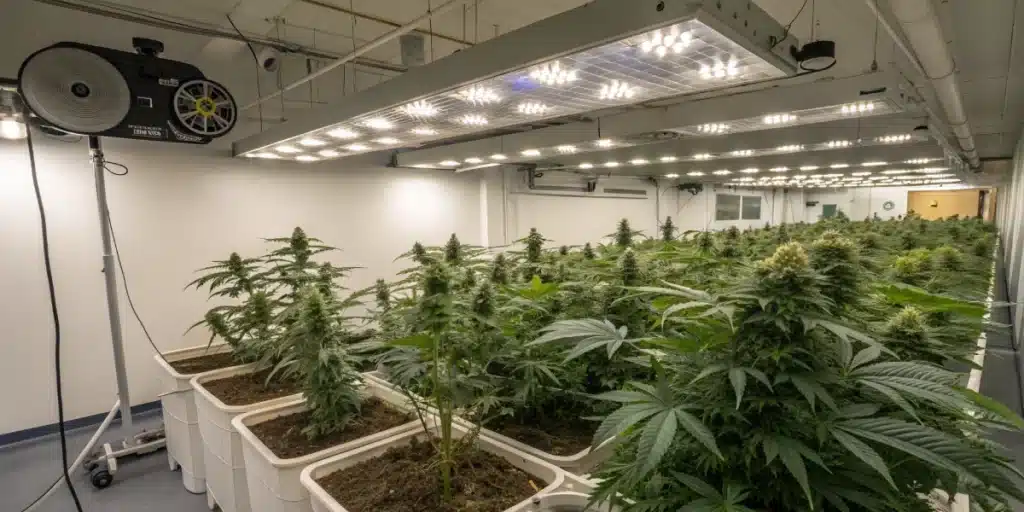
FAQs about How to Increase Trichome Production
What practices boost trichome development?
Several practices can effectively boost trichome development in cannabis plants. These include optimizing light intensity and spectrum, maintaining ideal temperature and humidity levels, and providing a balanced nutrient supply. Training techniques like pruning, defoliation, and maximizing light exposure also play a critical role in enhancing trichome production. By implementing these strategies, growers can create an environment that supports robust trichome growth.
How do light and temperature affect trichome production?
Light and temperature are pivotal factors affecting trichome production. High-intensity light, particularly in the red and UV spectrums, can stimulate trichome development during the flowering stage. Temperature control is equally important; maintaining daytime temperatures between 20-28°C (68-82°F) helps preserve trichomes and enhances their production. Cooler nighttime temperatures can further encourage trichome preservation and growth. By carefully managing these environmental conditions, growers can optimize trichome density and quality.
Are there specific nutrients that enhance trichome growth?
Yes, certain nutrients are particularly beneficial for enhancing trichome growth. Phosphorus is crucial during the flowering stage, as it supports flower development and trichome production. A balanced supply of macronutrients like nitrogen and potassium, along with essential micronutrients such as magnesium and calcium, is also important. Organic supplements like kelp or molasses can provide additional nutritional benefits, promoting healthier plants and increased trichome density. By focusing on these specific nutrients, growers can effectively boost trichome production in their cannabis plants.

